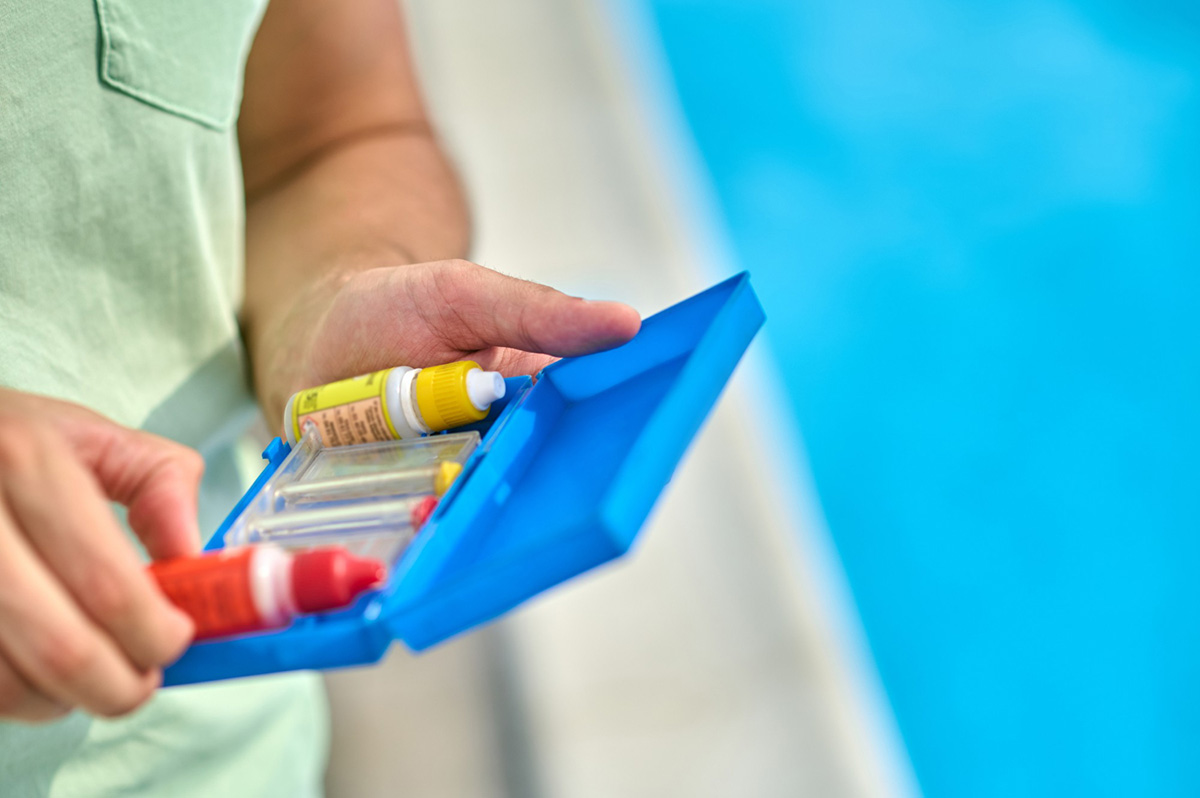
Maintaining the proper balance of chemicals in your swimming pool is crucial to keeping it clean, clear, and safe for swimming. One of the key components of this balance is pH, the measure of acidity or alkalinity in the water. A pH level that is too high or too low can cause irritation to swimmers' eyes, skin, and respiratory system, as well as damage to pool equipment. In this blog, we will discuss how you can effectively lower the pH balance in your swimming pool and maintain a healthy and enjoyable swimming environment.
Before you can start adjusting the pH level of your pool, you need to know what it is currently at. You can use a pool water testing kit to determine the pH level of your pool water. If the level is above 7.8, you need to bring it down.
There are several types of acids you can use to lower the pH level in your pool. Muriatic acid is the most commonly used type of acid for this purpose. Follow the instructions on the label to determine how much acid you need to add to your pool water to lower the pH to the desired level. Be sure to wear protective clothing and goggles when handling any type of acid.
If the pH level of your pool water is only slightly above the recommended range, you can use baking soda to lower it. Add 1.5 lbs. of baking soda per 10,000 gallons of pool water to lower the pH by 0.1. Be sure to spread the baking soda evenly across the surface of the pool water.
After adding acid or baking soda to your pool water, you need to circulate it to ensure the chemicals are evenly distributed and the pH level is consistent throughout the pool. Run your pool pump and filter for at least eight hours after adding chemicals to the water.
After a few hours of circulating the pool water, test the pH level again to make sure it has decreased to the desired level. If it is still too high, repeat the process until the pH level is within the recommended range of 7.2-7.8.
Maintaining the proper pH balance in your swimming pool is essential to keeping it clean, clear, and safe for swimming. By testing the pH level regularly, adding the necessary chemicals, and running the pool pump and filter to circulate the water, you can reduce the risk of irritation to swimmers and damage to pool equipment. If you're needing pool service in Orlando, FL to help maintain your pool's chemical balance, contact Pure & Simple Poolcare today to schedule an appointment with our expert pool technicians.